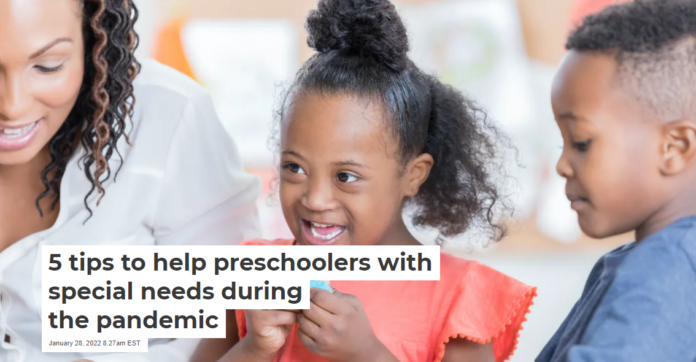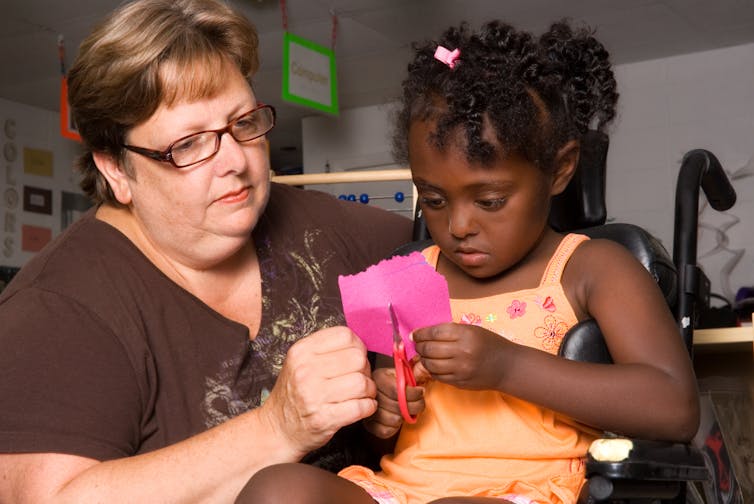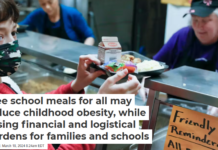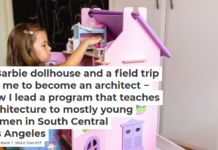

Michele L. Stites, University of Maryland, Baltimore County and Susan Sonnenschein, University of Maryland, Baltimore County
Four months in reading. Five months in math. That’s how far children are behind where they should be for their grade level, according to a 2021 report that says the COVID-19 pandemic – and the transition to virtual learning – are to blame.
For young children in particular, parents report that opportunities for both academic and social emotional growth were lacking during the pandemic. But what is the effect of the pandemic on young children with disabilities, many of whom did not receive their federally mandated special education services as many schools shifted online?
As researchers who specialize in issues of education for young children with disabilities, we found that parents of such children are worried about the impact of virtual learning because of the lack of special education services, their own child’s inability to participate in virtual instruction, and the lack of opportunities for social emotional growth and development.
While we know that parents are very busy, based on our research, here are five things parents and caregivers of young children with disabilities can do to help bridge the gap caused by the pandemic and distance learning.
1. Communicate frequently with your child’s therapists and educators
In the years before COVID-19 it was common for teachers and therapists – such as speech pathologists, occupational therapists and the like – to initiate communication with families. But as the pandemic persists, educators face overwhelming staff shortages, constant COVID-19 outbreaks and children who have not been in traditional school settings for months on end in some cases.

Since school faculty and staff are overwhelmed, parents may need to take the lead when it comes to communication. Emailing teachers and therapists about your child’s progress is a good place to start. Meetings can be set up from there if needed.
2. Create opportunities to socialize with other children
Parents and psychologists have reported that missing out on opportunities for socialization is one of the biggest side effects of the pandemic. Consider reaching out to parents of your child’s classmates to set up small social gatherings where children can practice age-appropriate socialization skills, such as sharing and taking turns. Being COVID-19 responsible is important, so be sure to follow local safety guidelines.
You can also work with different advocacy groups like the Special Olympics to see what types of programs are available in your area.
3. Work on goals in the child’s individualized education program
A child’s individualized education program should outline the child’s strengths and weaknesses. The IEP should also include goals to support learning in all areas, such as language skills, social skills and the like.
Asking teachers and therapists about how those goals are being addressed at school can give parents ideas about how to naturally incorporate them into a child’s daily routine. For example, if a child is working on counting items one at a time, parents can count oranges at the grocery store or Goldfish crackers on a lunch plate.
4. Take a play-based approach to learning
Embedding learning into play allows parents to teach their child without the formality – and, let’s face it, dullness – of tools like flashcards and worksheets.
Reading and asking questions, playing games like Go Fish where children can identify colors and numbers, spraying a small amount of shaving cream on a flat surface and writing letters in it, and even counting snowballs can be used as learning opportunities.
5. Engage children in conversation
Providing young children opportunities to hear and practice language is critical for their learning. Taking time to talk with a young child is particularly important when the child has a disability. It is also important to give the child the needed time to answer questions. Parents can demonstrate responses for the child to repeat as necessary.
Incorporating some of these ideas into a daily routine can go a long way in bridging the gaps left in the wake of COVID-19 and virtual learning.
[Like what you’ve read? Want more? Sign up for The Conversation’s daily newsletter.]
Michele L. Stites, Associate Professor of Early Childhood Education, University of Maryland, Baltimore County and Susan Sonnenschein, Professor of Applied Developmental Psychology, University of Maryland, Baltimore County
This article is republished from The Conversation under a Creative Commons license. Read the original article.



















